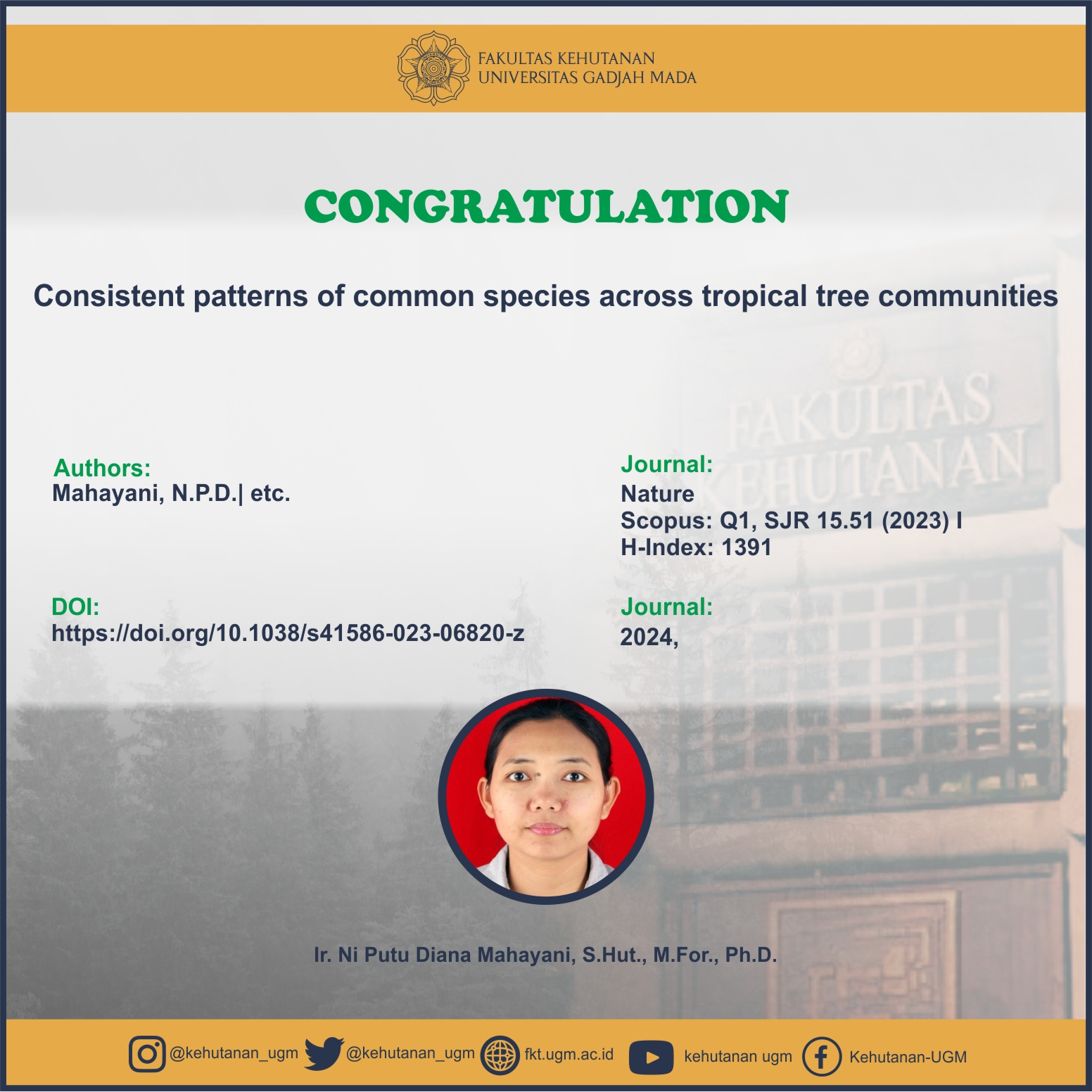
Abstract
Trees structure the Earth’s most biodiverse ecosystem, tropical forests. The vast number of tree species presents a formidable challenge to understanding these forests, including their response to environmental change, as very little is known about most tropical tree species. A focus on the common species may circumvent this challenge. Here we investigate abundance patterns of common tree species using inventory data on 1,003,805 trees with trunk diameters of at least 10 cm across 1,568 locations1–6 in closed-canopy, structurally intact old-growth tropical forests in Africa, Amazonia and Southeast Asia. We estimate that 2.2%, 2.2% and 2.3% of species comprise 50% of the tropical trees in these regions, respectively. Extrapolating across all closed-canopy tropical forests, we estimate that just 1,053 species comprise half of Earth’s 800 billion tropical trees with trunk diameters of at least 10 cm. Despite difering biogeographic, climatic and anthropogenic histories7 , we fnd notably consistent patterns of common species and species abundance distributions across the continents. This suggests that fundamental mechanisms of tree community assembly may apply to all tropical forests. Resampling analyses show that the most common species are likely to belong to a manageable list of known species, enabling targeted eforts to understand their ecology. Although they do not detract from the importance of rare species, our results open new opportunities to understand the world’s most diverse forests, including modelling their response to environmental change, by focusing on the common species that constitute the majority of their trees.
SDGs:
1. SDGs 4:Quality Education
2. SDGs 11: Sustainable Cities and Communities
3. SDGs 13:Climate Action
4. SDGs 15:Life on Land
Link Dokumen:
Download
